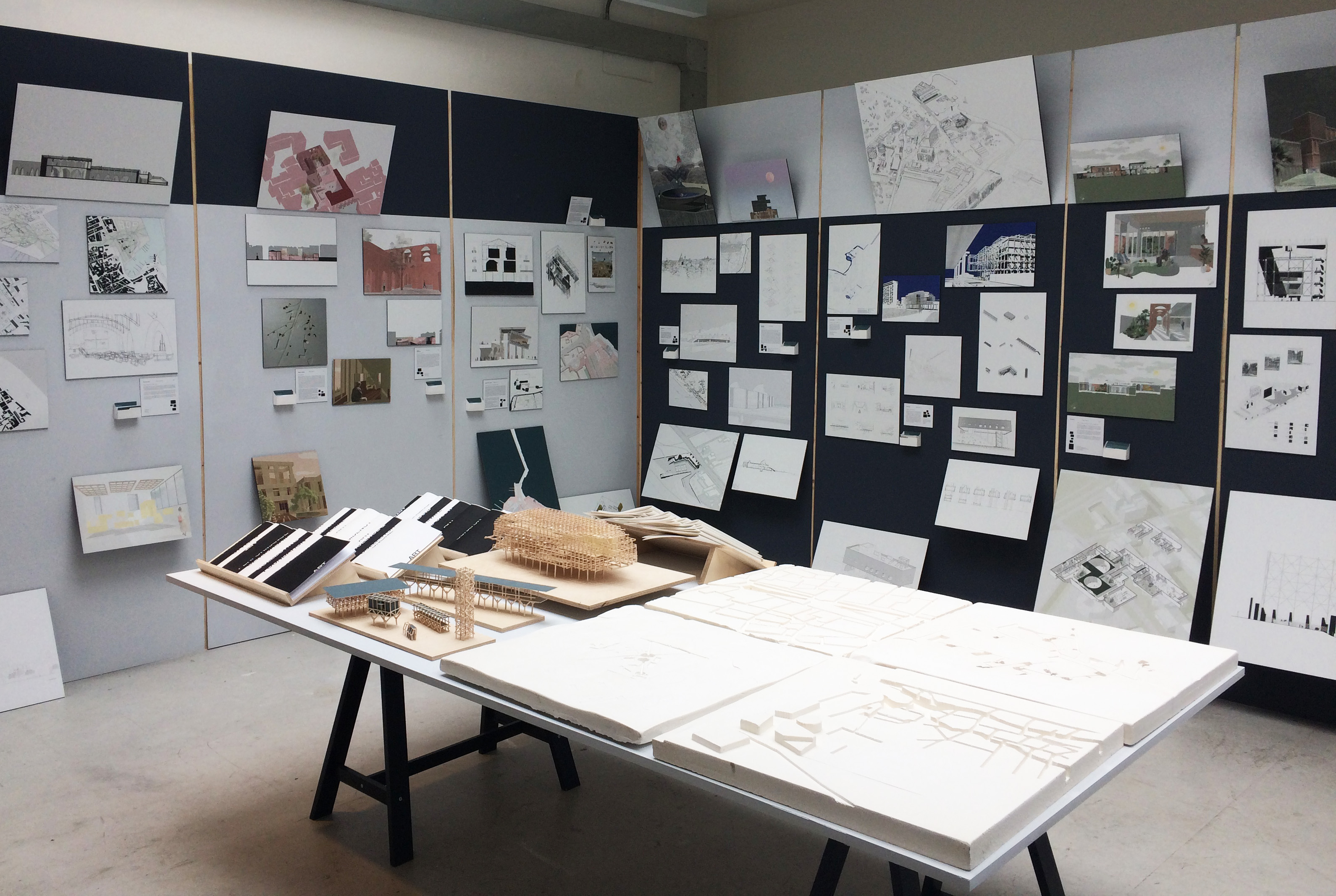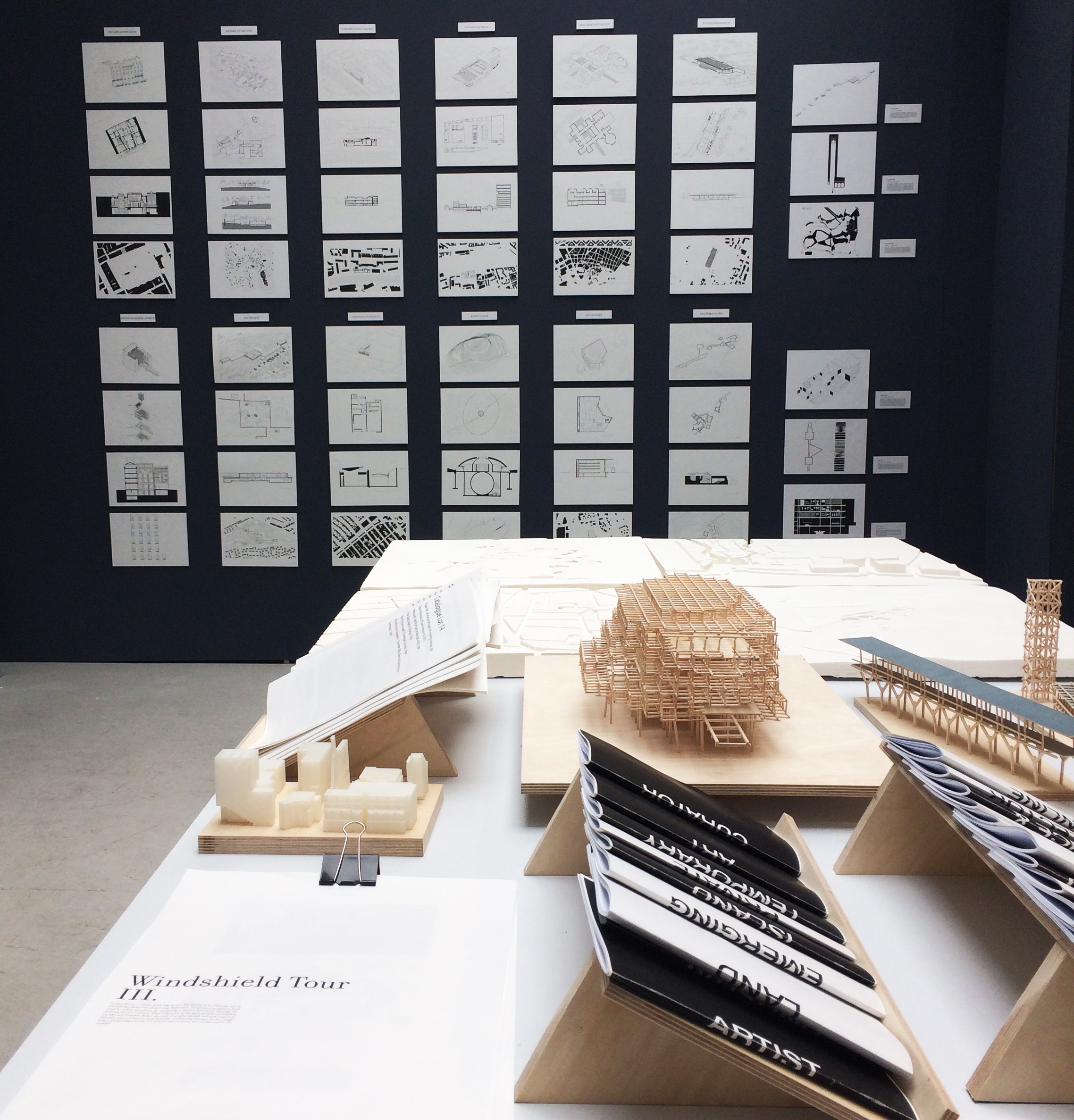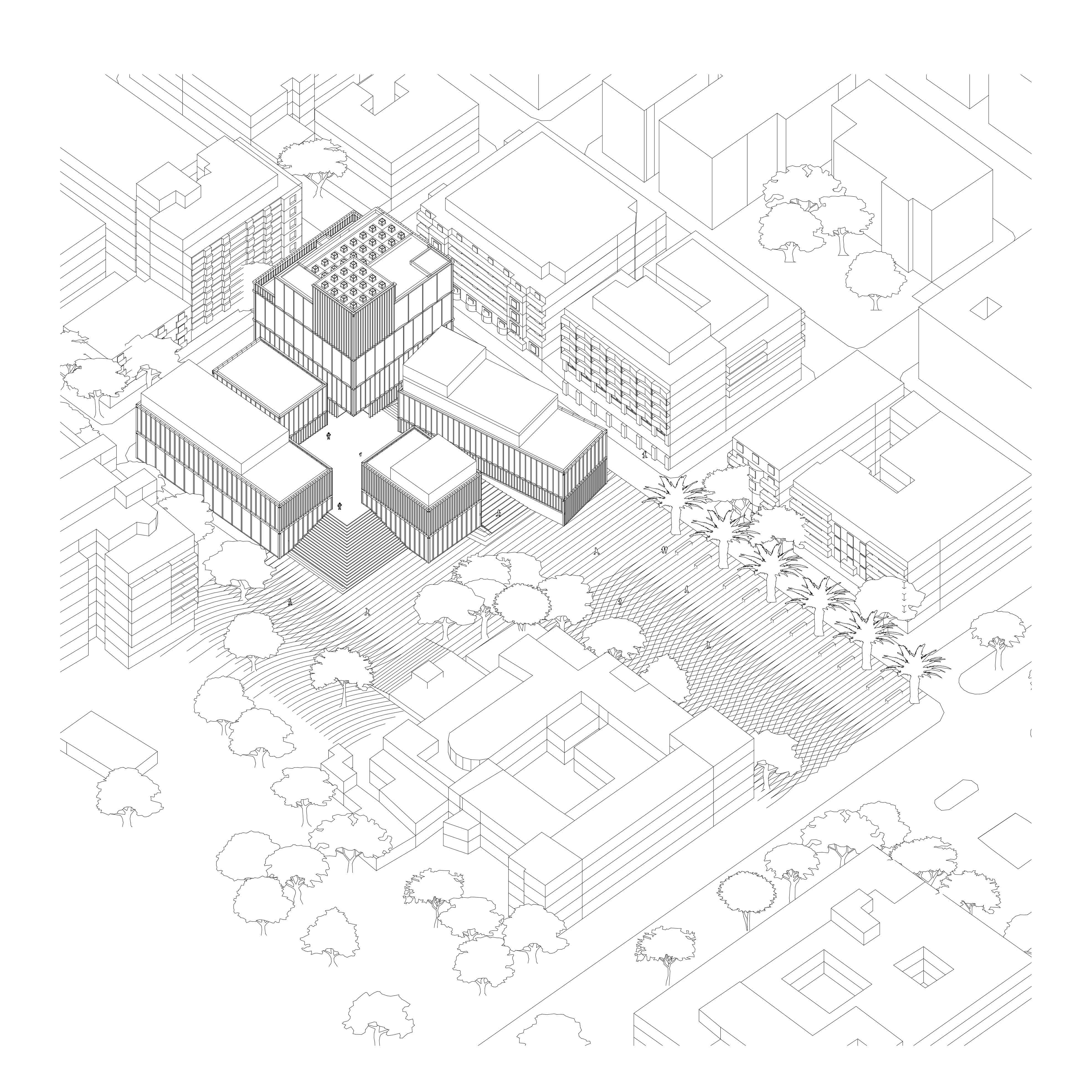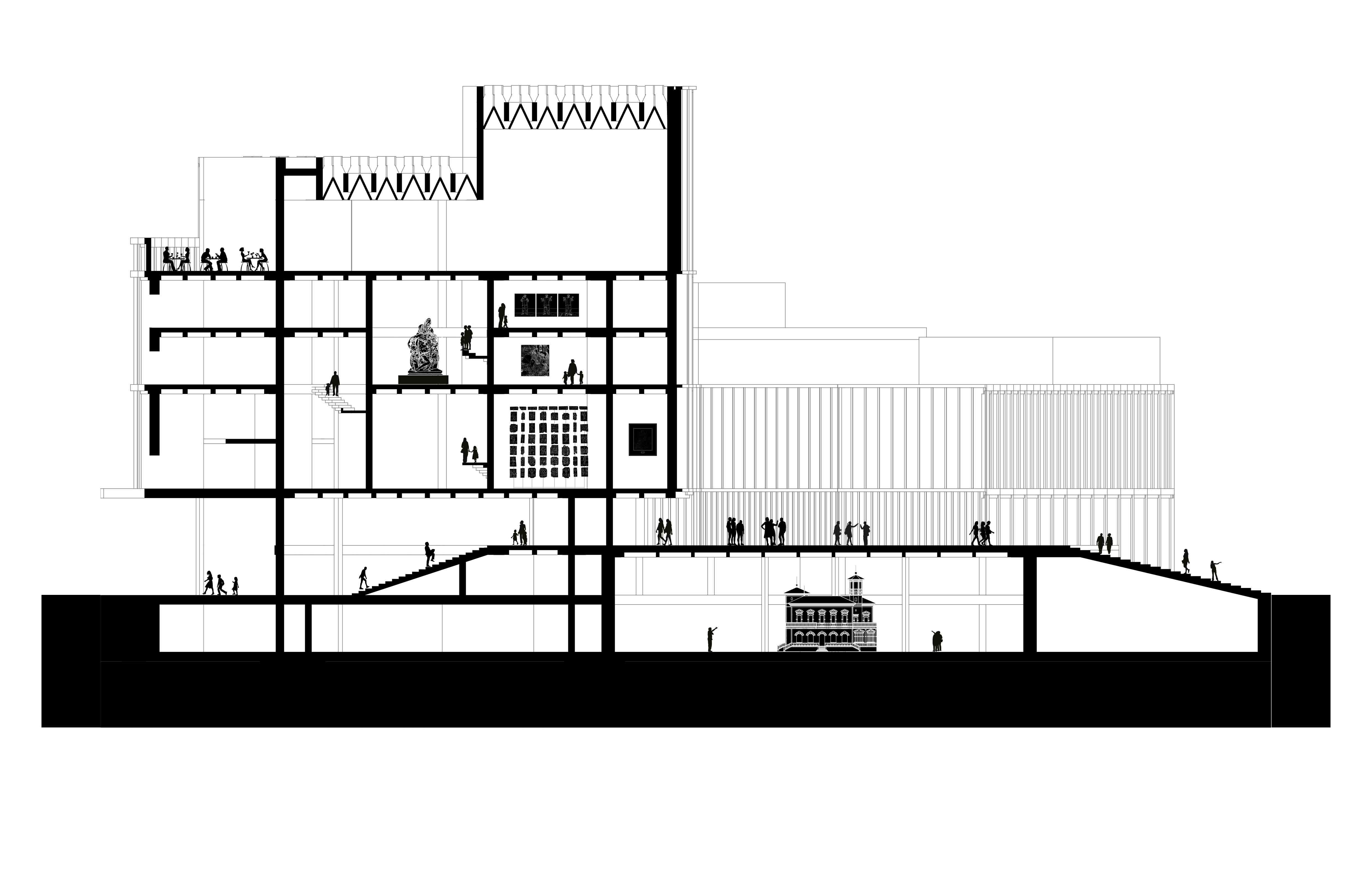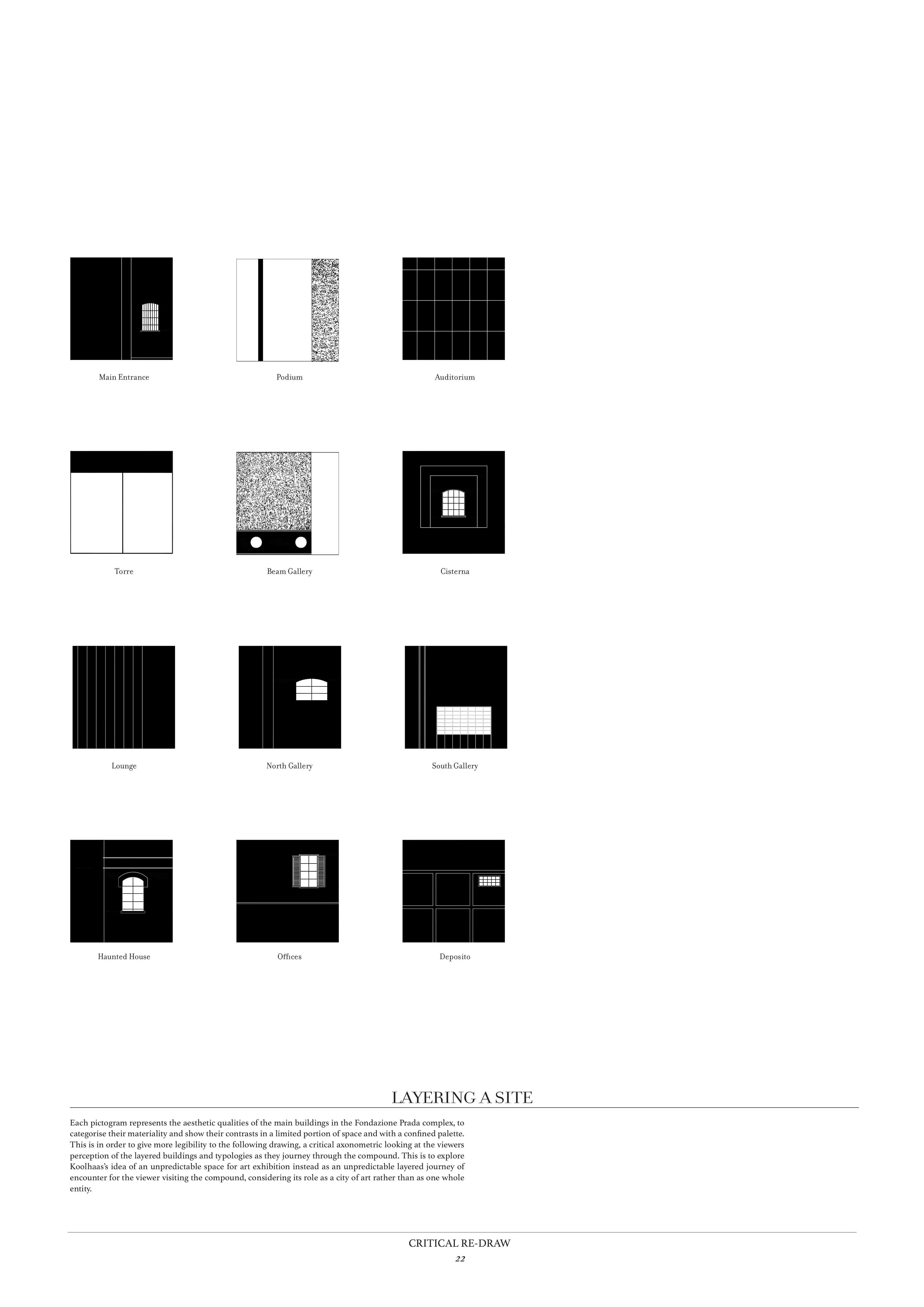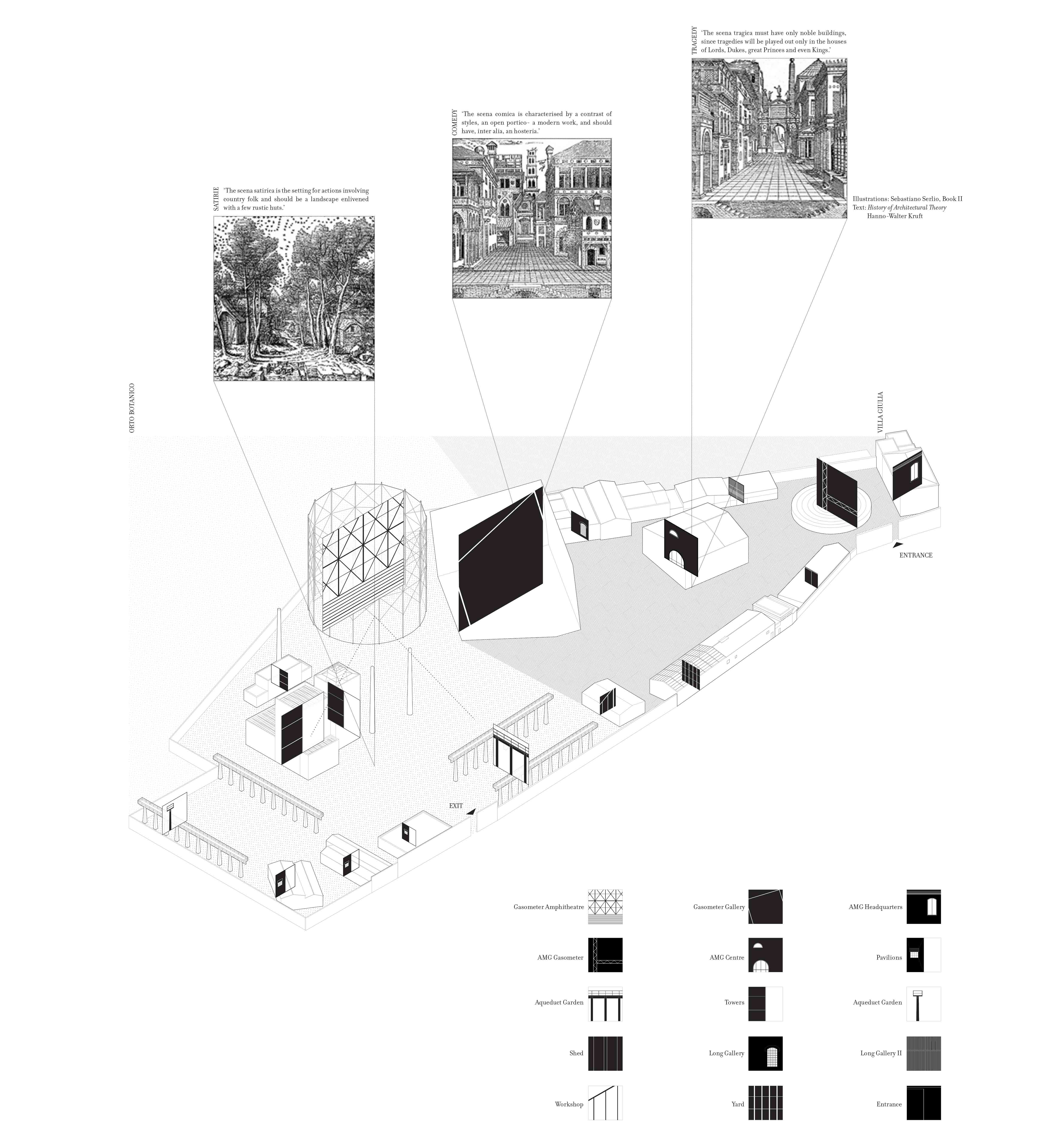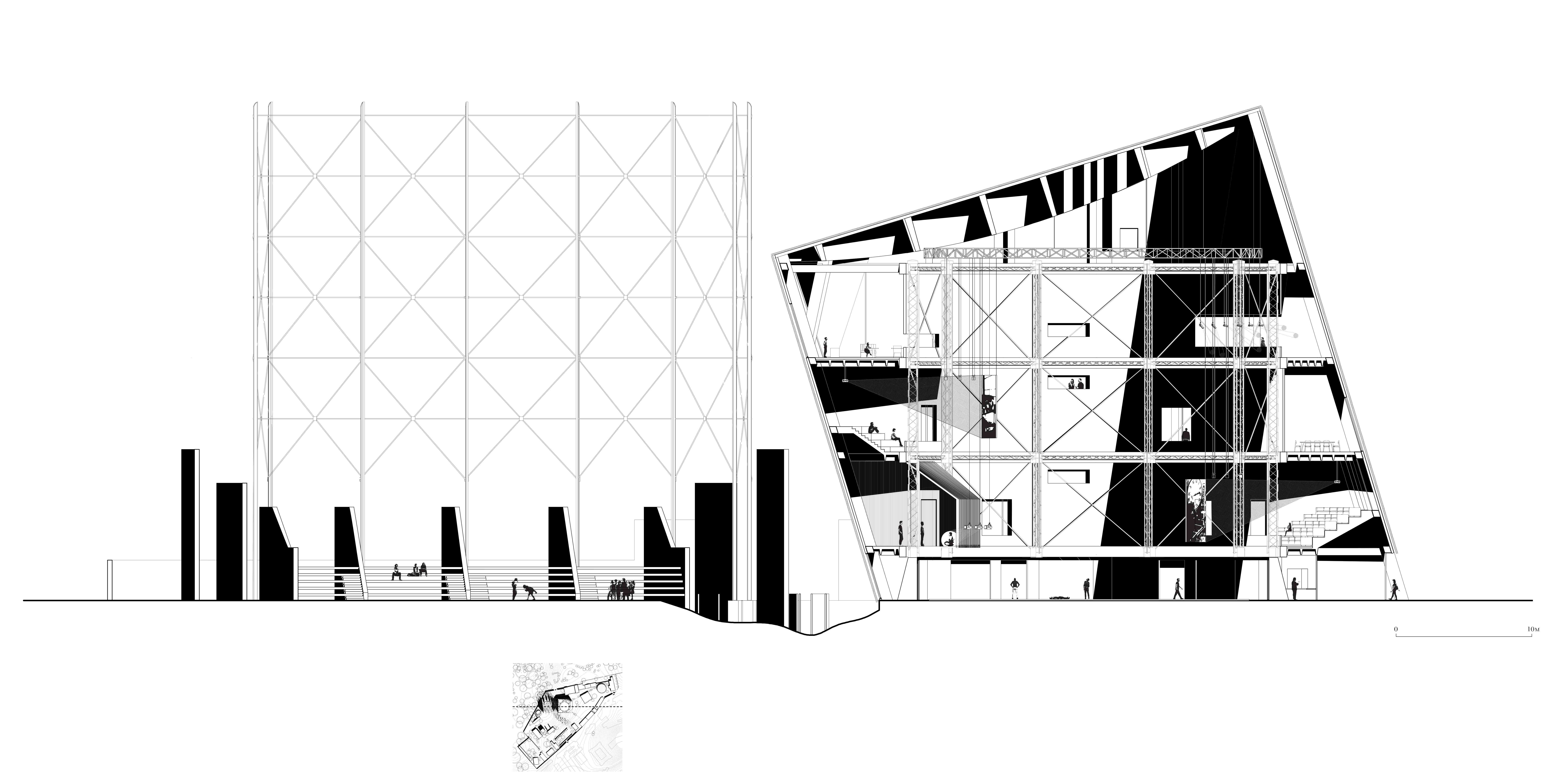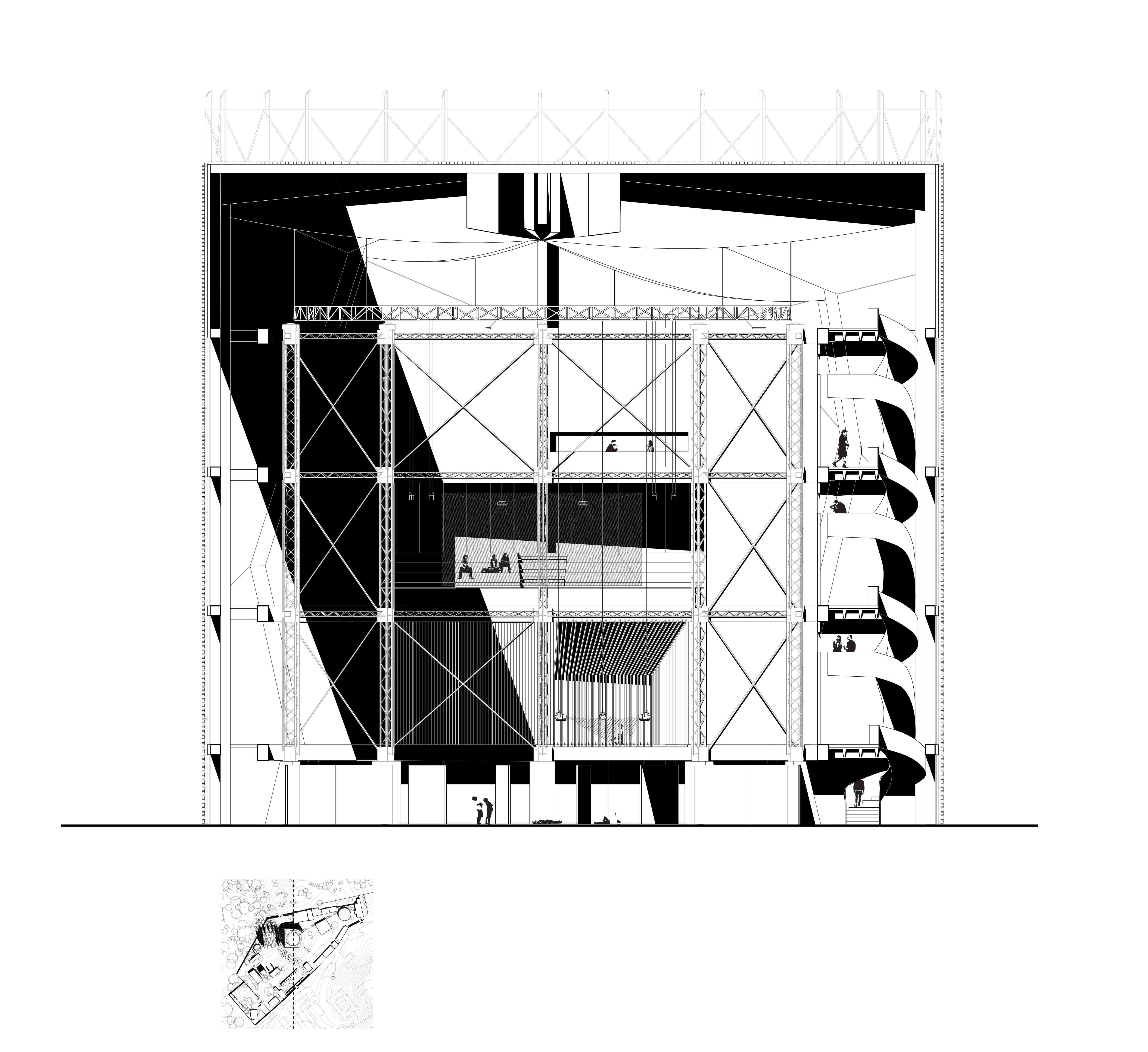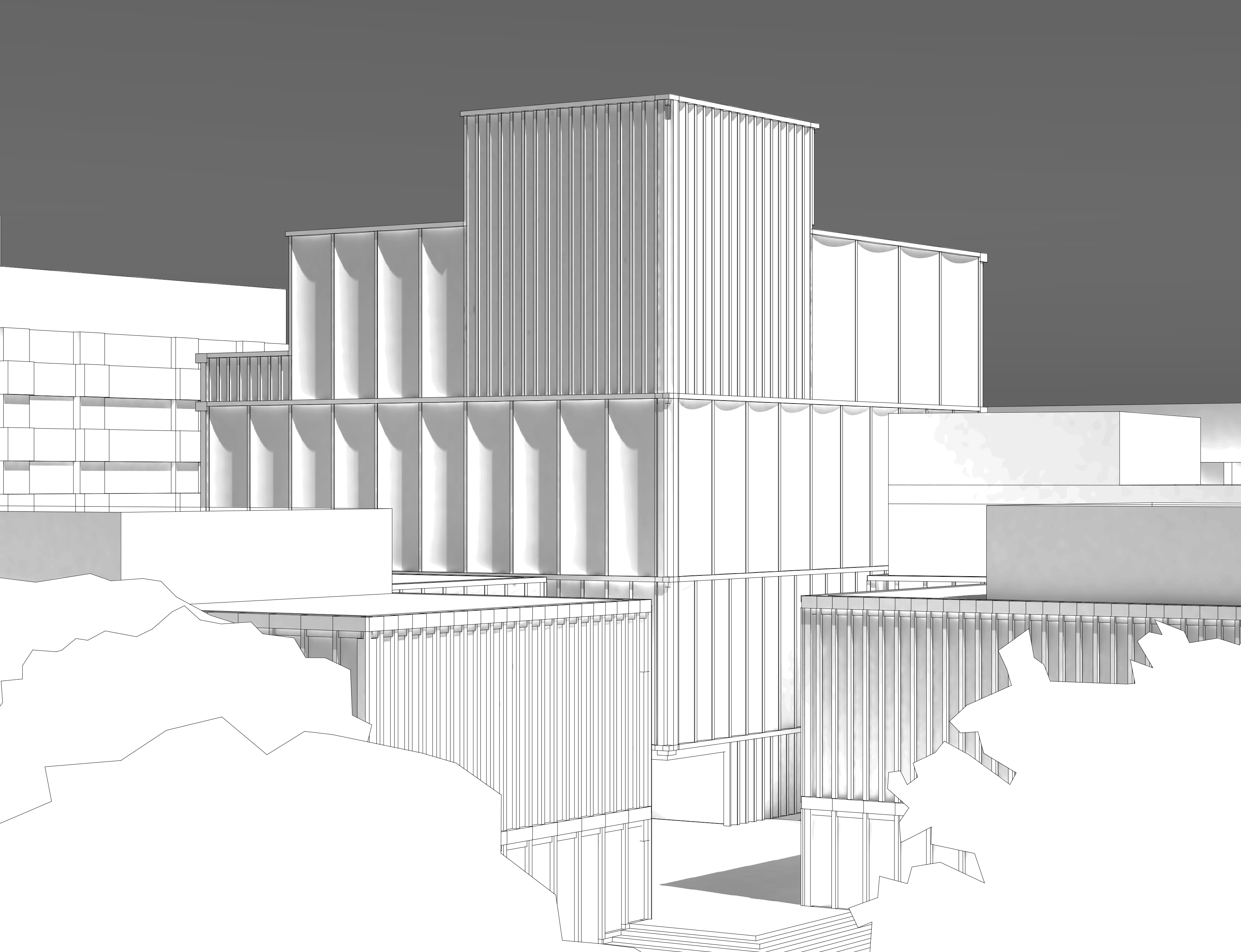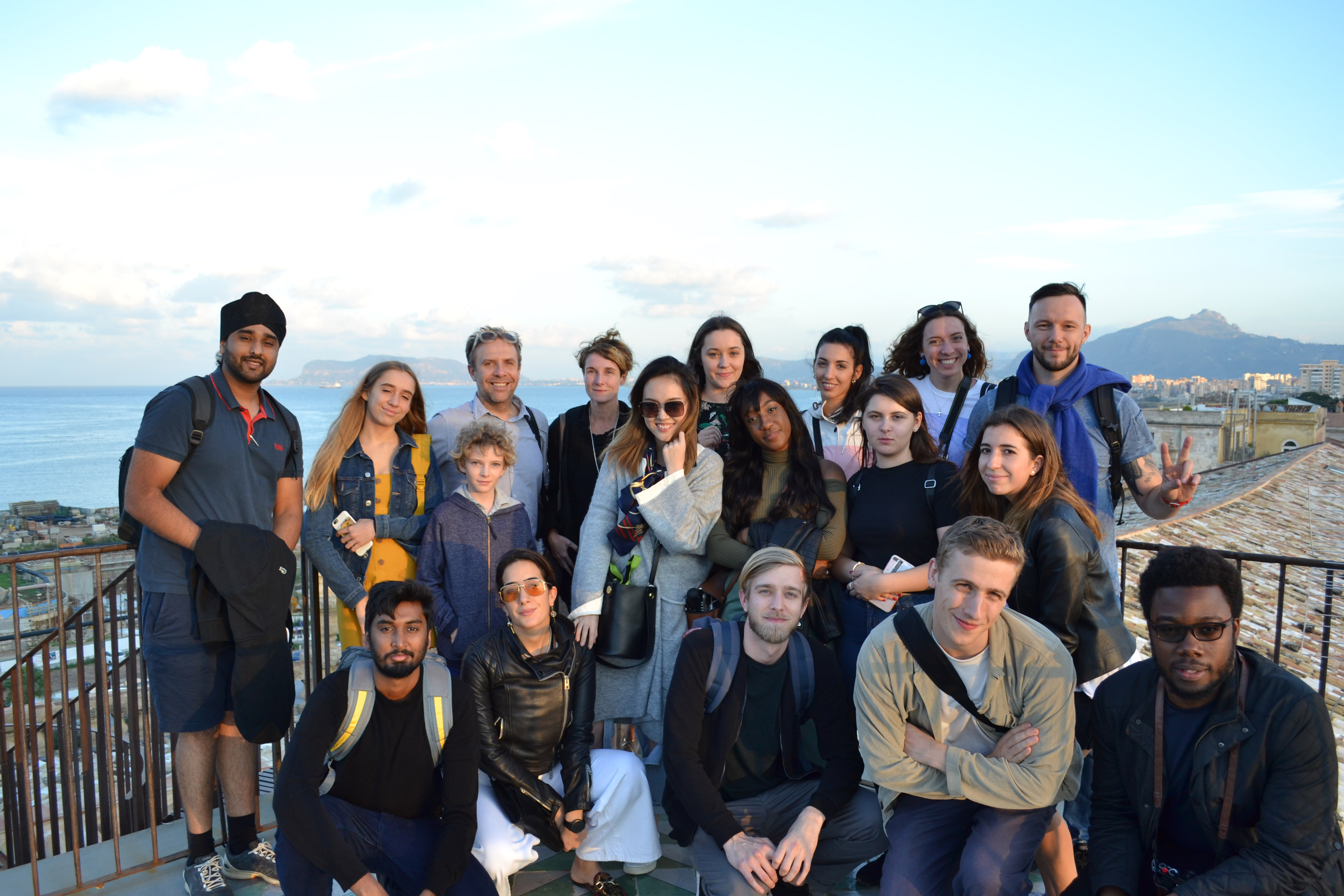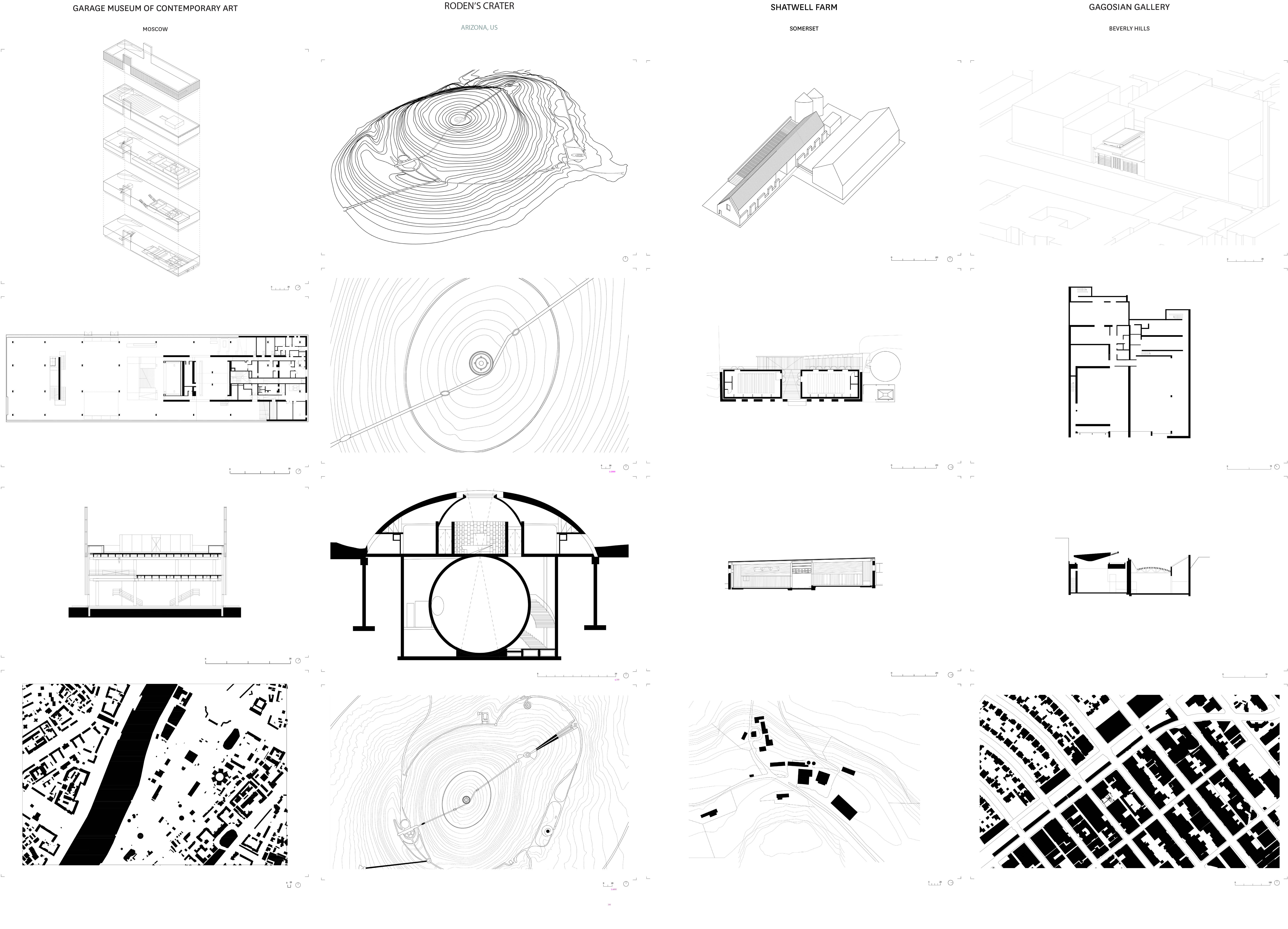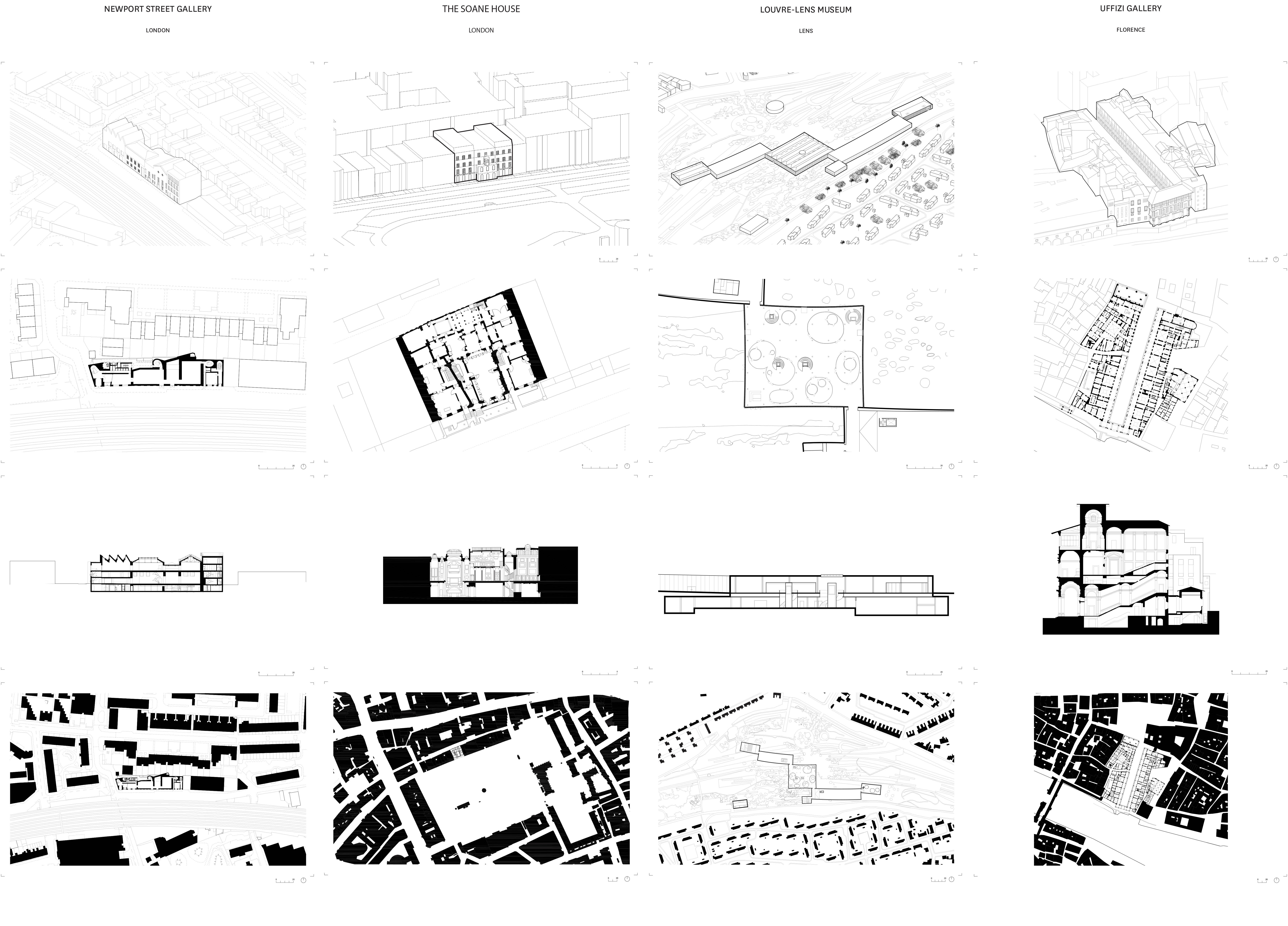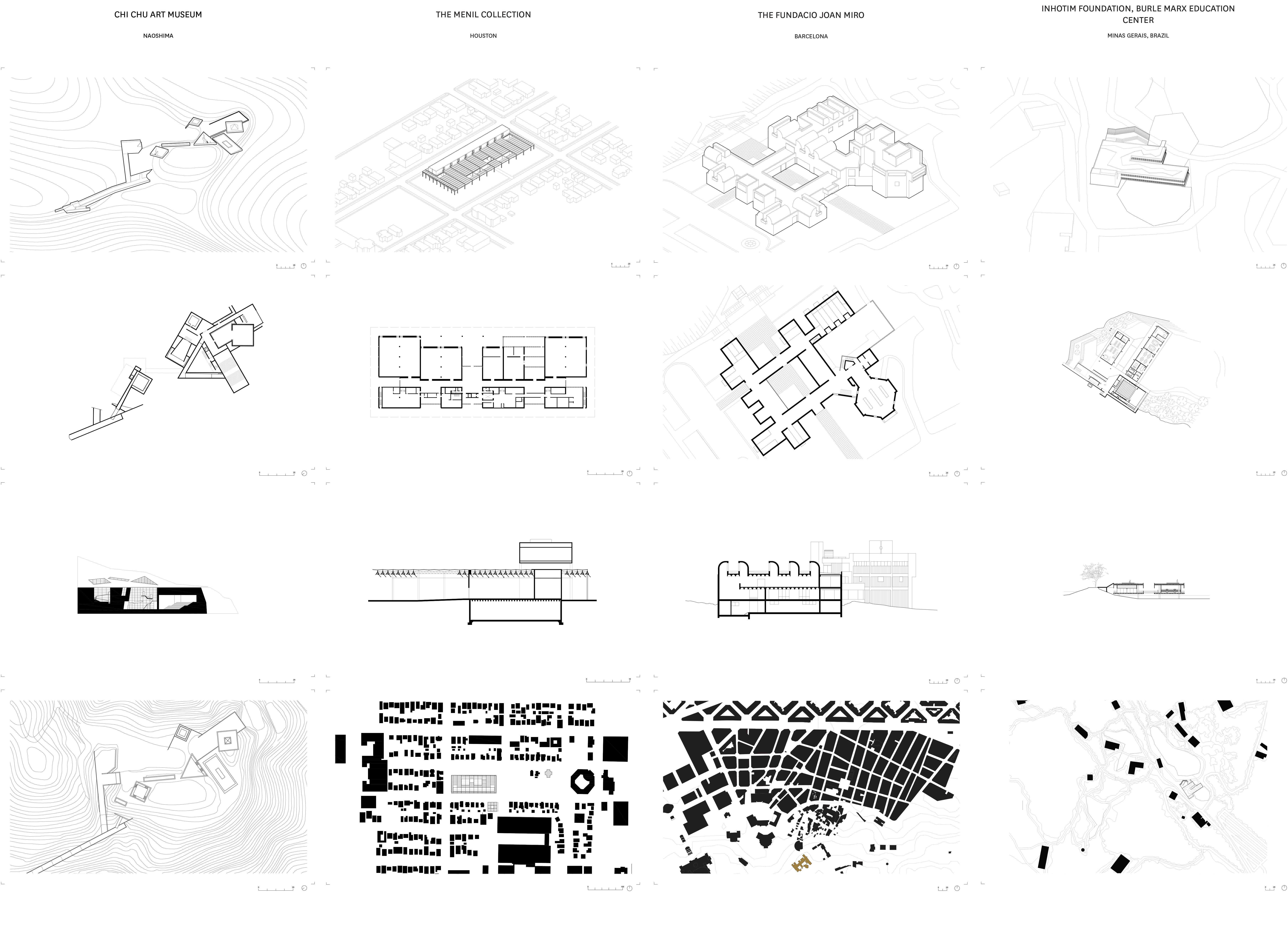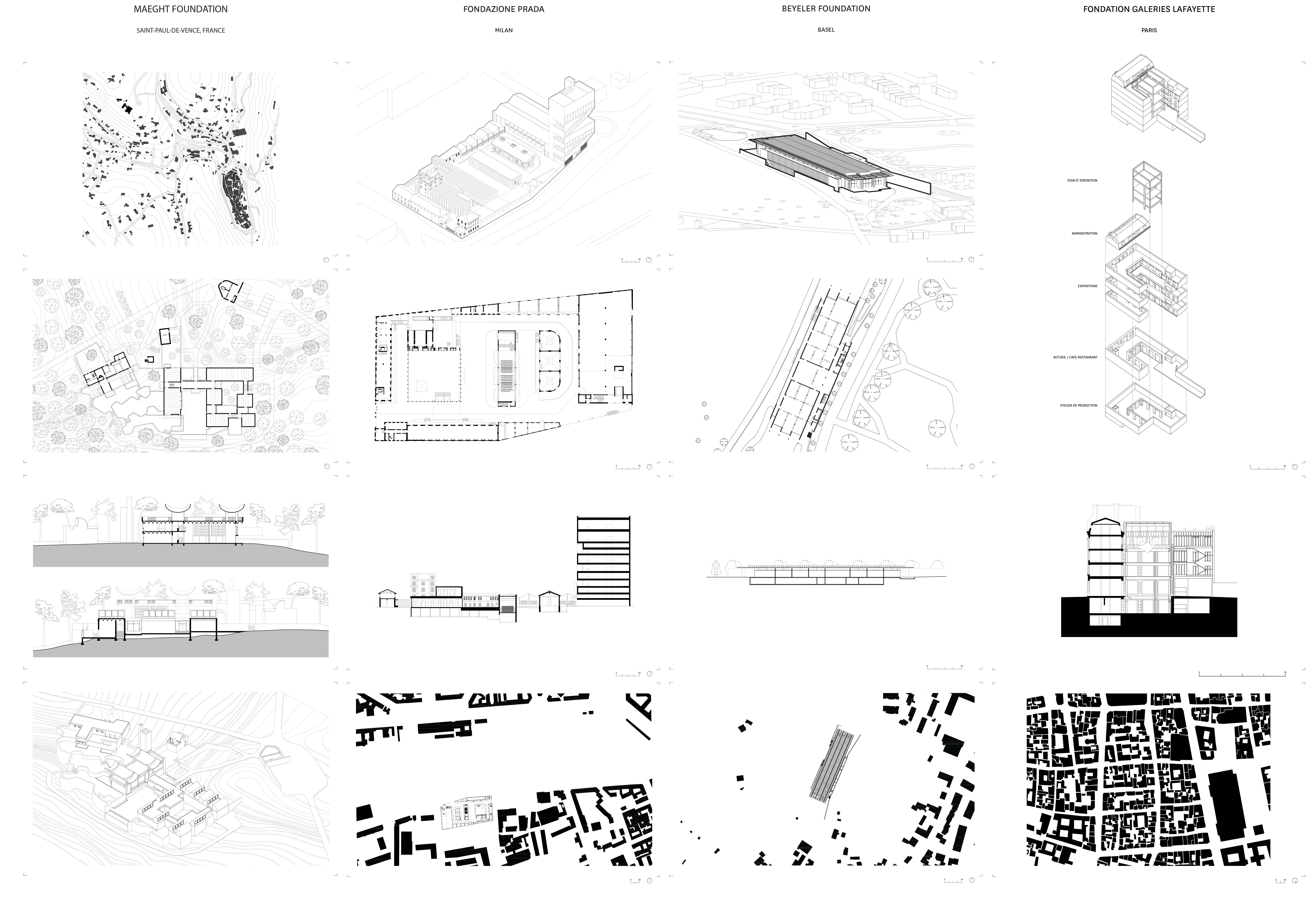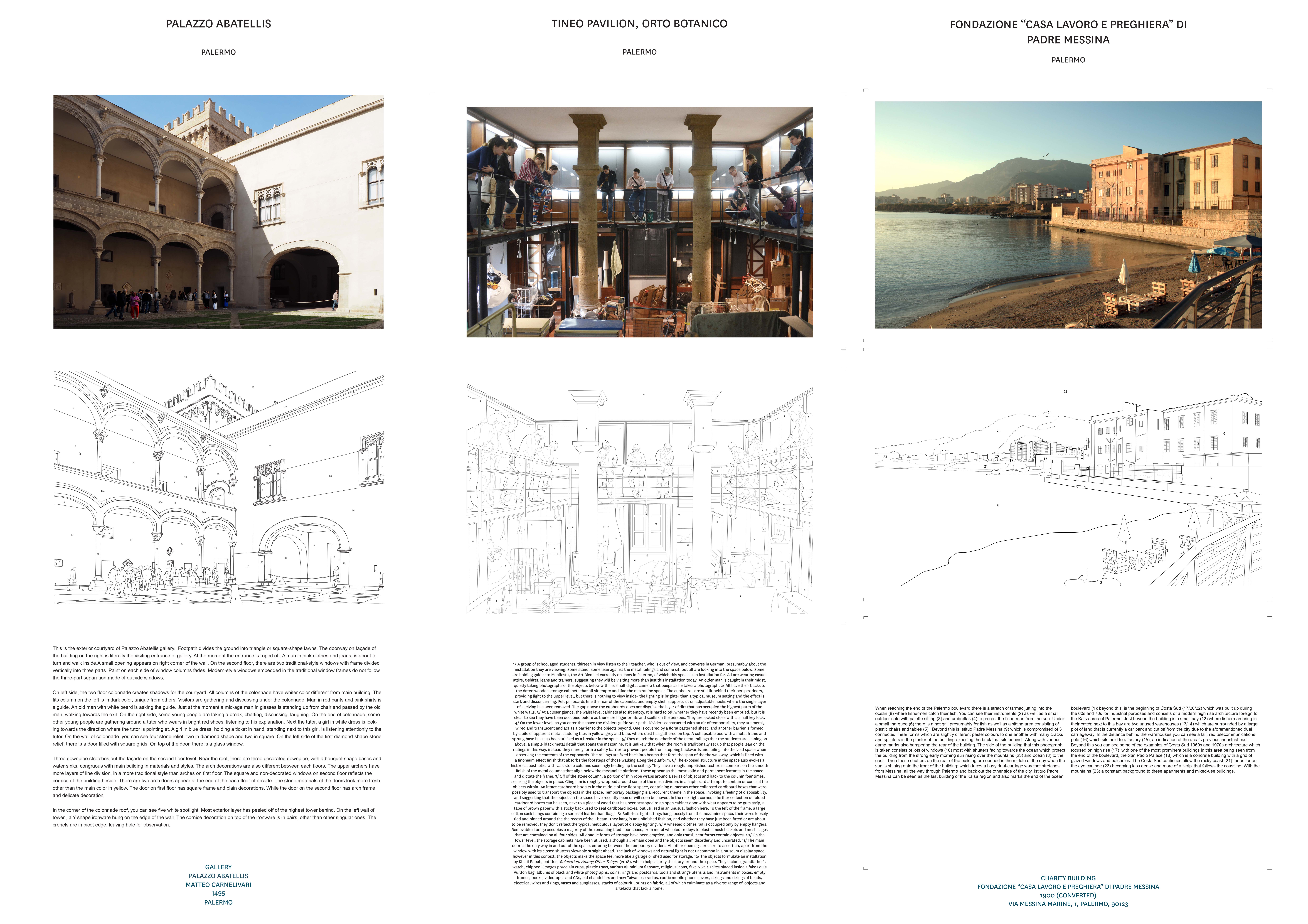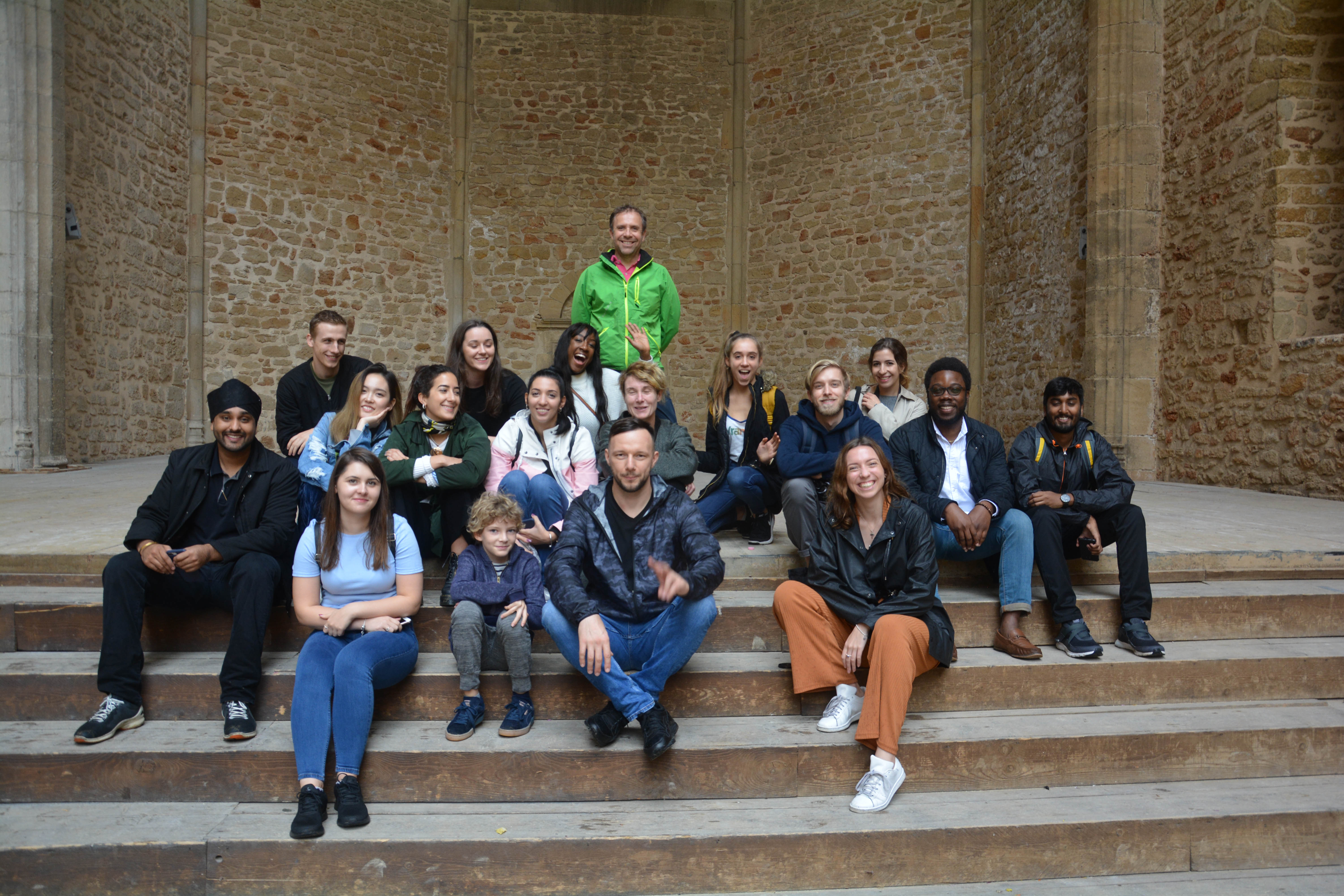Design Studio 24 ARCHIVE
Tutors: Alessandra Cianchetta and Juan Piñol
Global Artscapes
The transformation of landscapes and cities in the context of global art collections
This design studio and seminar explores the radical transformation of landscapes, territories and cities in the context of global art collections. The project develops as a dialogue and collaboration with the Swiss art gallery Hauser & Wirth, and with a number of stakeholders and agents operating in the art world.
We will explore how the global art market triggers and generates new spatial forms and relationships both on a large scale (a network of intertwined territorial relationships) and a small scale (galleries, museums, foundations). It also investigates how new urban and economic models related to the global art trade may impact and be used to the benefit of larger regions and populations. The aim of the design studio is to reconsider and rethink the whole concept of private art galleries and foundations, and to explore new forms of museums (private or not) and cultural institutions at large. It considers interrelations with less explored territories, and the many opportunities and transformations that may be triggered and generated by the contemporary art market.
According to the report The Art Market 2018 released by Art Basel and UBS in June 2018, the global art market grew to 63.7 billion dollars in 2017, directly employing 3 million people and rising to new heights after years of decline. In her thorough exploration of the art market, cultural economist Clare McAndrew illustrates how, despite the prevalent political and economic volatility in most regions of the world, a steady increase in unevenly distributed global wealth, particularly at the high end, as well as stronger consumer confidence and increased supply are now driving new growth. Global auctions achieve record prices at the high end: Leonardo da Vinci’s “Salvator Mundi” was sold at Christie’s for 450 million dollars; dealers’ sales are increasing following the Trump administration’s recent tax reform; global art fairs such as Art Basel, Art Basel Miami Beach, Frieze, Art Stage Singapore and Art 021 in China have grown to be a central part of the global art market, accounting for an estimated 46% of dealers’ sales. A recent UBS survey found that wealthy investors spend a considerable amount of their personal resources on building up meaningful collections, driven by passion, not (just) plain profit. China and the US are still the largest markets, yet art dealers, investors and art patrons are already looking at new, less explored, yet to be developed and therefore alluring markets and economies in Africa, Southeast Asia and beyond.
The stakes are various: for dealers, it is key to anticipate and open up to new emerging markets; for buyers and collectors, new venues are exciting and entertaining, and allow the reinvention of new relationships and the emergence of cultural, social and secondary economic playgrounds (from Klaipeda to Kochi, Palermo or Iceland). Global art powerhouses and dealers like Iwan and Manuela Wirth, Larry Gagosian, David Zwirner and Emmanuel Perrotin have been moving beyond art and into other fields such as hospitality. A nomadic circle of collectors, curators, dealers, artists, advisors and others are generating new physical and cultural landscapes as well as radical territorial transformations – economic and otherwise – at all scales by injecting capital into otherwise secluded and forgotten areas of the world. This recent tendency to occupy unexpected territories had been tested, though with a different agenda, by non-commercial art events such as the seminal 2012 dOCUMENTA (13). Led by Carolyn Christov- Bakargiev and a team of agents and advisors, it created bridges between Kassel, Breitenau and distant places such as Kabul and Bamiyan in Afghanistan, Cairo and Alexandria in Egypt, and Banff in the Canadian Rocky Mountains. The underlying theme – “Collapse and Recovery” – was to heal the trauma of war through art, and to reach war-stricken, otherwise forgotten territories with art and its powerful market. Around the same time, in 2011, one of the world’s most prominent art collectors and patrons, Francesca von Habsburg, set herself the task of looking at other unexplored territories, the oceans, and established an academy, TBA21, whose mission is to promote environmental and ocean conservation and preservation, bridging oceans, art and technologies. The Swiss contemporary art gallery Hauser & Wirth has pioneered a new model of venue, opening beyond the “usual” world capitals such as New York, London or Los Angeles. Their Durslade Farm in Somerset, a gallery hotel venue soon to be opened in Braemar, Upper Deeside, Scotland, or a fort island gallery and hotel in Menorca effectively illustrate this trend. The studio will embark on a benchmark study and projection of new models and venues, taking new potential locations for Hauser & Wirth galleries (following the model of Durslade Farm) as case studies to generally examine new models, and look at their transformative impact on a territorial and geographic scale. The research and projection phases will merge and be closely intertwined.
Term 1 outline
Research and Benchmark of typologies and models of cultural/art institutions worldwide (public/private); Cartographic Atlas: mapping sites and related opportunities. Production of thematic, critical cartography.
Term 2 outline
Projection: challenging the museum and gallery typologies, the project of an institution bridgings art, research, hospitality, and landscape. Production of territorial strategy and design strategy.
Term 3 outline
Synthesis. Production of a collective book and short films.
Sites and related field trips :
Students will work on two complementary and alternative locations, both characterized by a strong landscape component and a strong presence of collectors and artists.
Envisaged sites are :
Sicily (Palermo and the volcanic islands in its proximity), IT and Reykjavik, Iceland
Key contacts: Stefano Rabolli Pansera, Director, Hauser & Wirth London, Bjorg Stefandottir, Director Icelandic Art Center; Bjorn Roth, Nina Büchel, Claudio Gulli, Marco Giammona, Giulio D’Ali, Katerina Jebb (artist) among others.
An optional trip may include a visit to H&W galleries and to the Drawing Matter Trust in Somerset (Bruton).
Visits will include walks and surveys of volcanic landscapes and visits to major private collections and art related events such as the Collezione Valsecchi, Palazzo Butera, Collezione Berlingieri, Palazzo Mazzarino Fondazione Sambuca at Palazzo Sambuca and Carlo Scarpa’s Palazzo Abatellis; Manifesta, Reykjavik Art Museum, The Nordic House, Icelandic Art Center.










